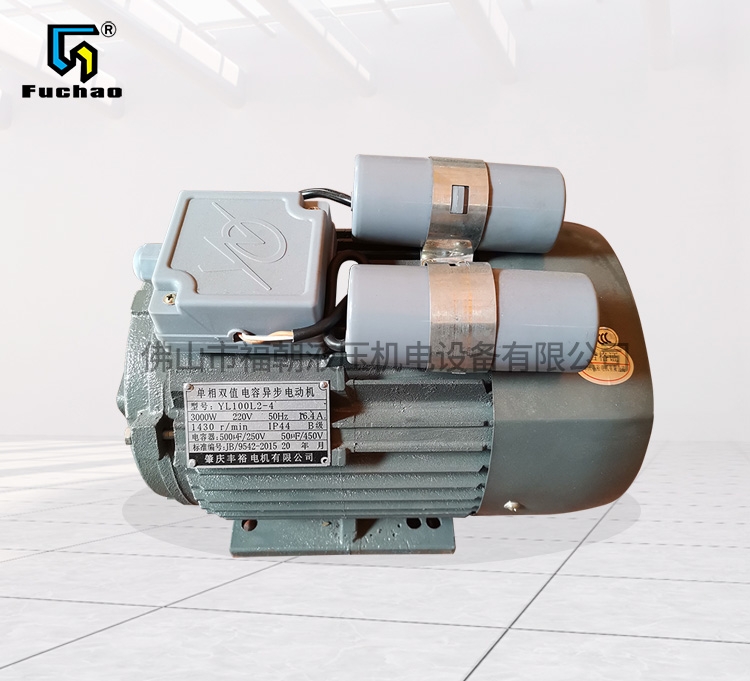instructions
one Hydraulic cylinder manufacturer in Hydraulic cylinder The determination and selection of cylinder diameter, rod diameter and pressure must consider Hydraulic system The pressure of the pressure source and the loss of the system, pressure control and adjustment are determined by the pressure regulating valve of the hydraulic system.
2. Before working, the hydraulic cylinder must use the ground (greater than the starting pressure) for several reciprocating movements. Only after the one-way air release valves at both ends are opened alternately to exhaust the gas in the cylinder can it work normally. The combination sealing gasket must be added between the inlet and outlet joints to prevent oil leakage.
3. In order to ensure the service life of the hydraulic cylinder, impurities and dirt shall not be mixed in the service medium to avoid scratching the inner wall of the cylinder barrel, damaging the seals and causing internal and external leakage.

Technical characteristics
1. Pressure: This standard cylinder has two pressure poles, E and G. E pole is applicable to hydraulic cylinders with pressure range>6.3MPa~16MPa (E pole cylinder for short). G pole is applicable to hydraulic cylinder with pressure range>16MPa~25MPa (referred to as G pole cylinder for short)
2. Sealing: Yx polyurethane seal ring with simple structure and good wear resistance and Yx rubber seal ring with wide application range are used for E-pole cylinder. The G pole cylinder adopts a V-shaped combined seal ring that is resistant to high pressure and has reliable sealing.
3. Dust prevention: polyurethane or NBR frameless dust rings are used for this hydraulic cylinder.
4. Applicable media: hydraulic oil, mechanical oil, emulsion. Not suitable for phosphate esters.
5. Applicable temperature: - 40 ℃~+120 ℃.
6. Structure: This standard cylinder has 17 cylinder diameters and 34 specifications according to two speed ratios. It is divided into two structures with gap buffer and without buffer, and 68 varieties are formed with the above 34 specifications, which is convenient for users to choose at will. Both the cylinder head and the cylinder tail are equipped with one-way air release valve, which can be used for quick start of hydraulic cylinder with clearance buffer, and can also be used for abandonment. The rod dust seal adopts replaceable structure, which is convenient for on-site maintenance. Hard chromium plating on piston rod has the characteristics of dust prevention, rust prevention, corrosion prevention and wear resistance. Metric fine thread shall be adopted for the oil port of hydraulic cylinder with cylinder diameter ≤ 220mm. The oil port of the hydraulic cylinder with the cylinder diameter ≥ 220mm adopts the seal open flange.
7. Installation and connection: comply with the installation dimensions of series hydraulic cylinders in the international standard ISO6020/1 -/1981. Different cylinder diameters have basic types, front and rear rectangular flanges, front and rear flanges, front and rear round flanges, front, middle and rear pin shafts, and head single earrings; There are 13 installation types of axial and radial feet.



